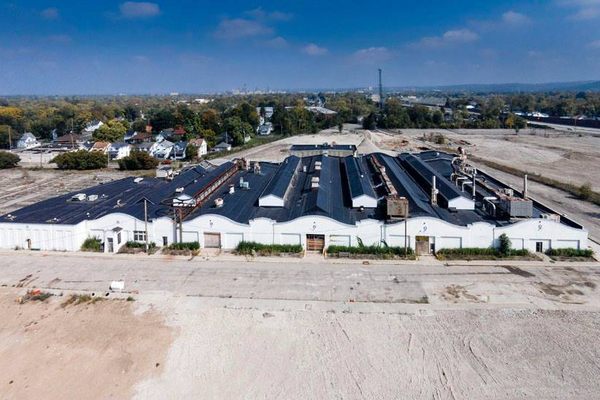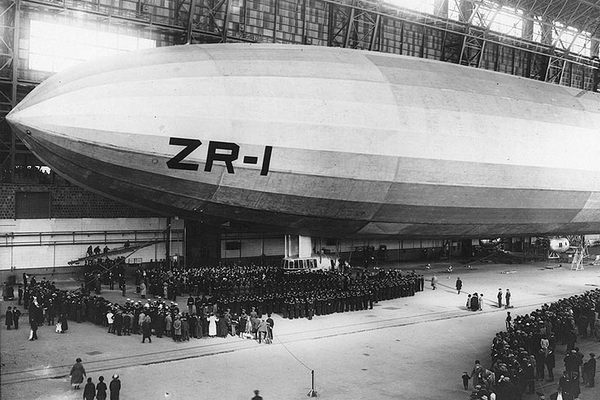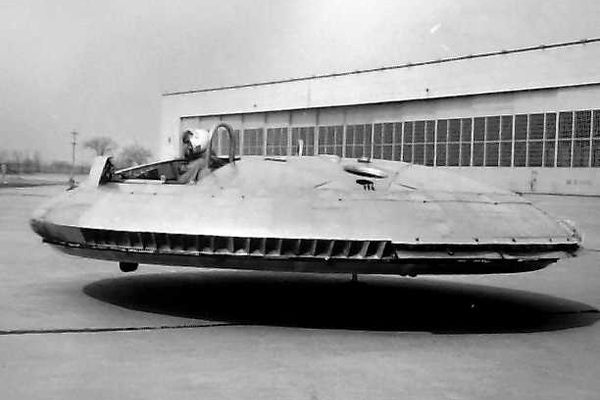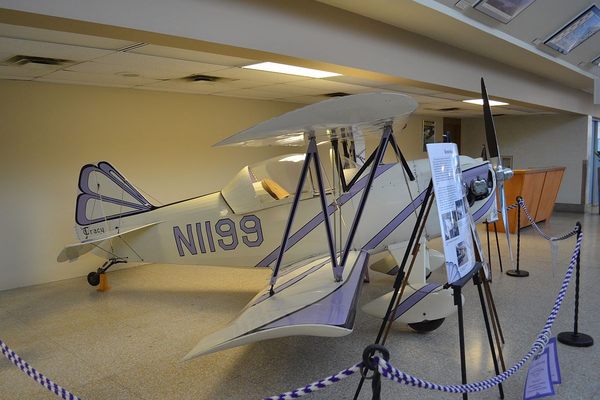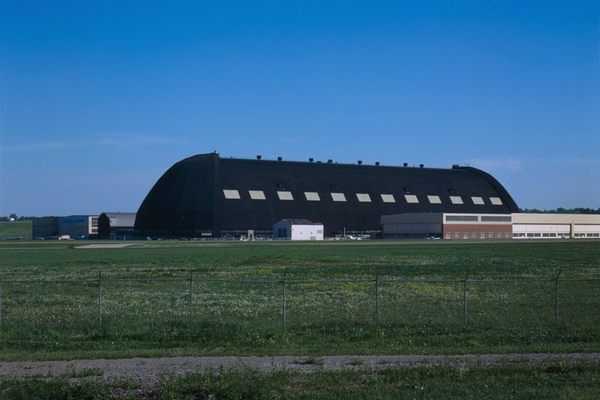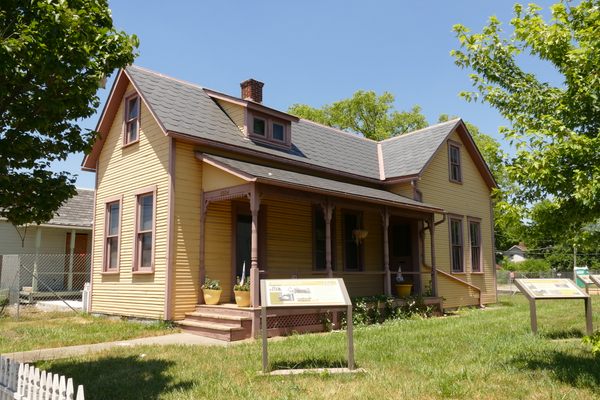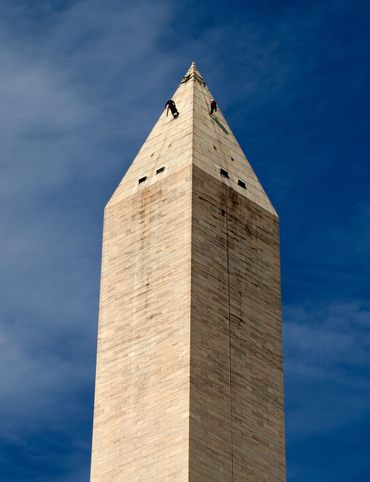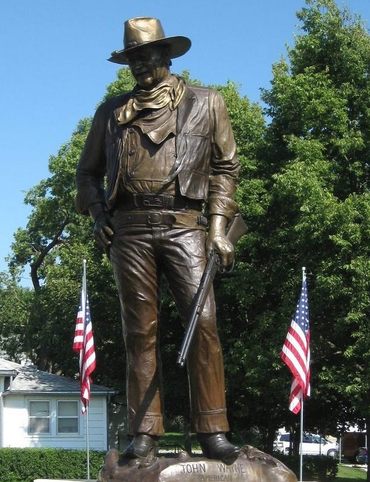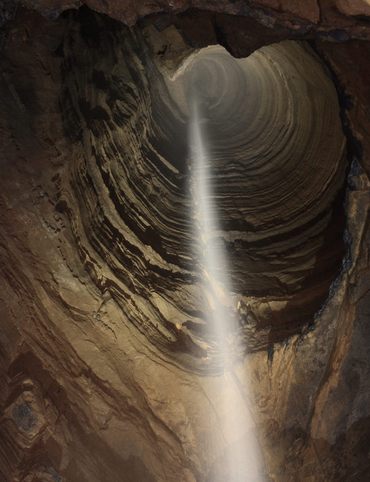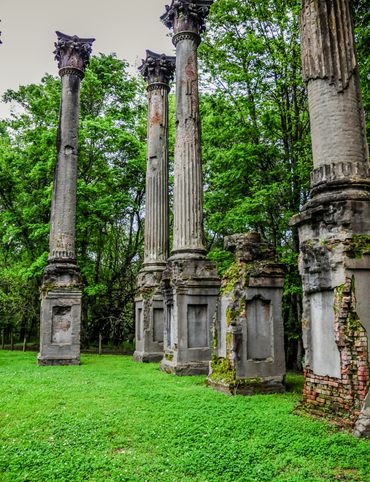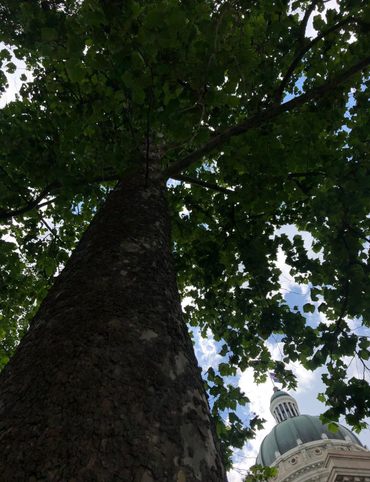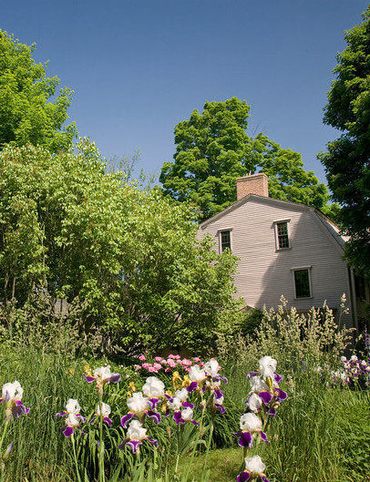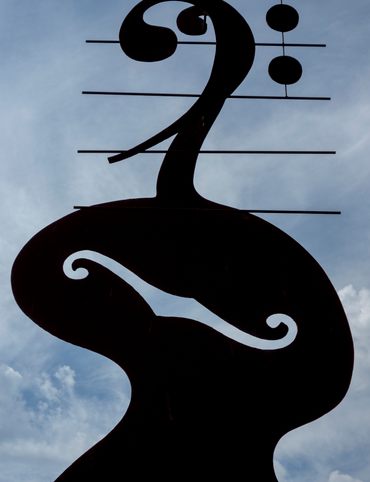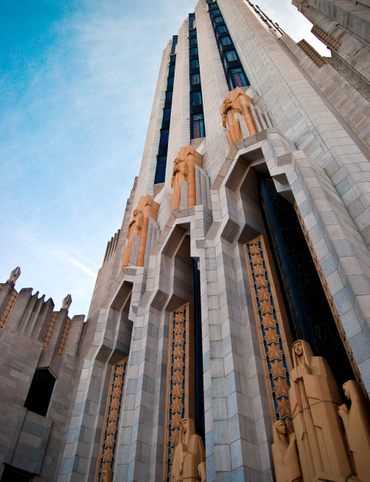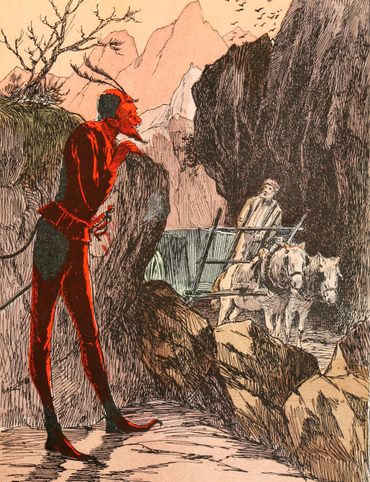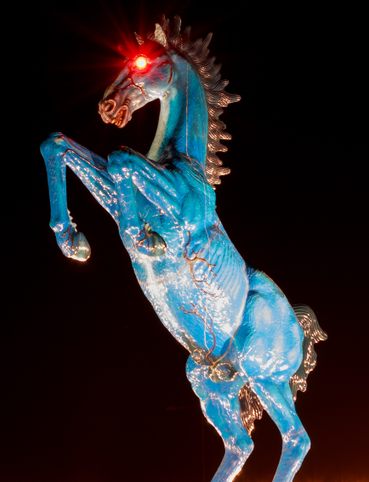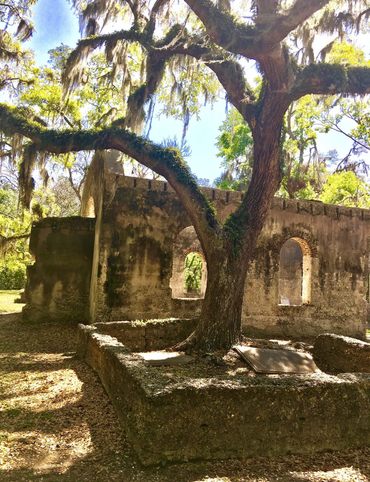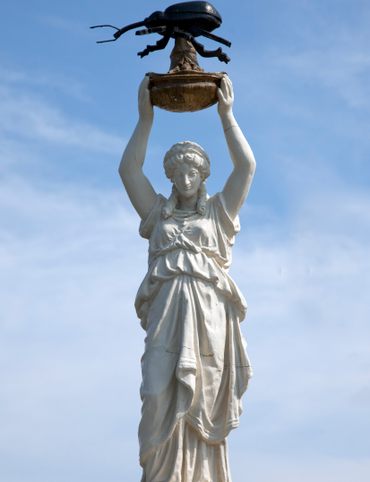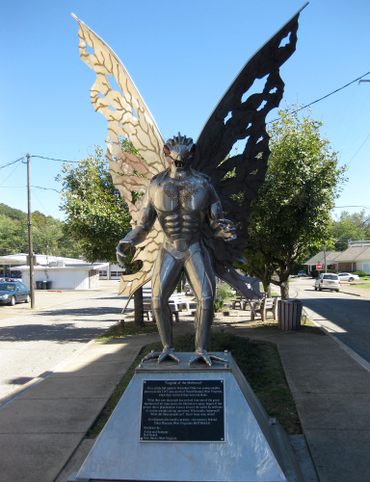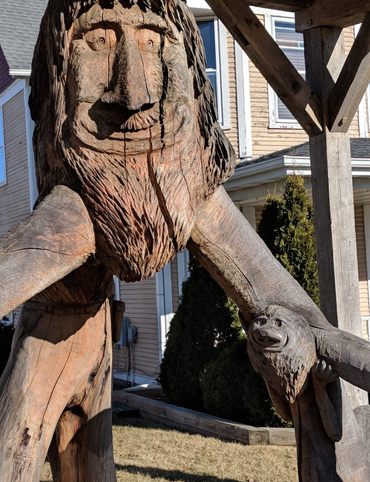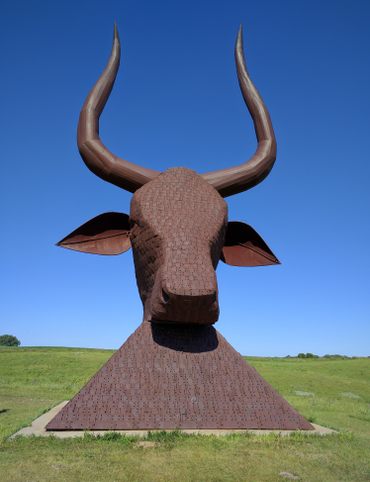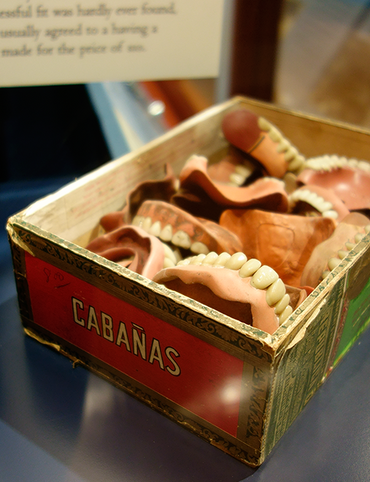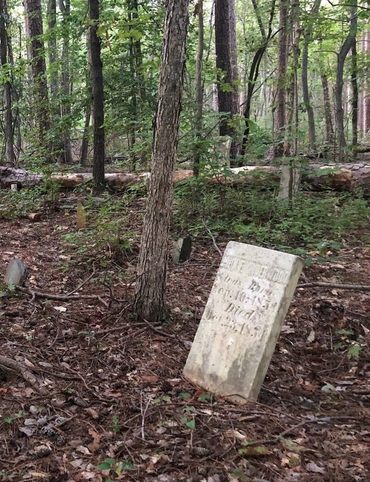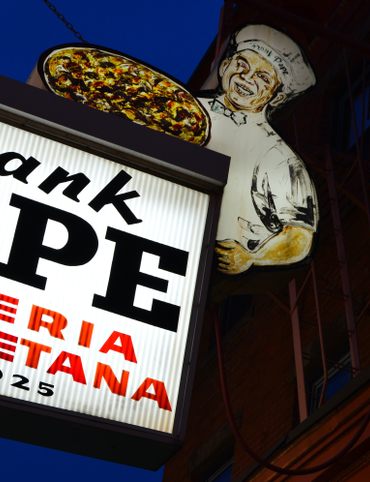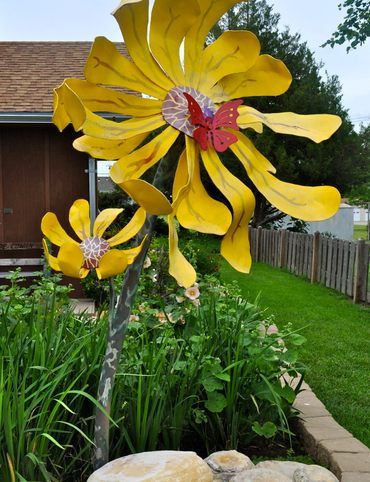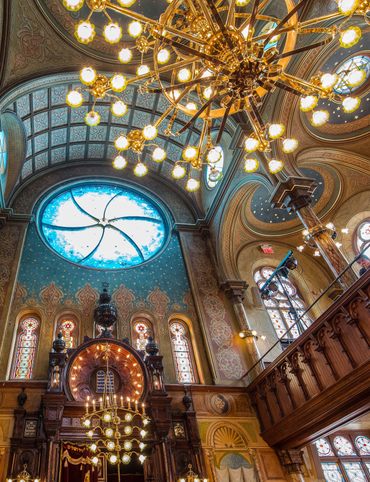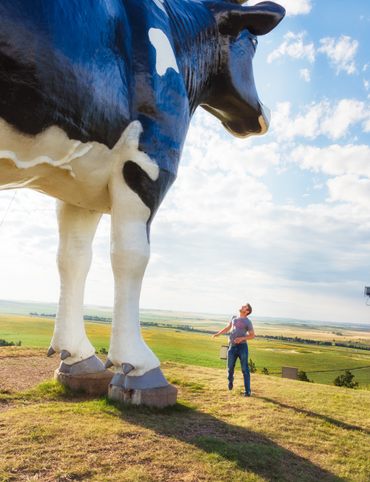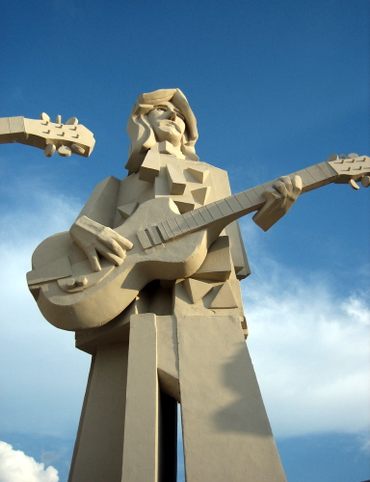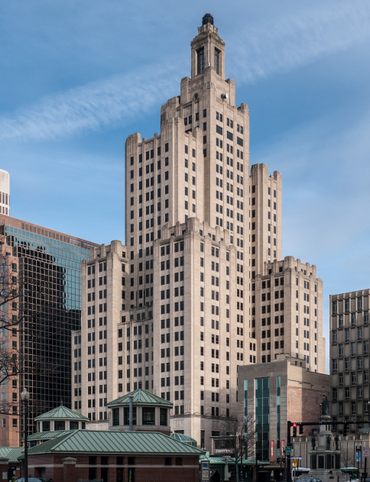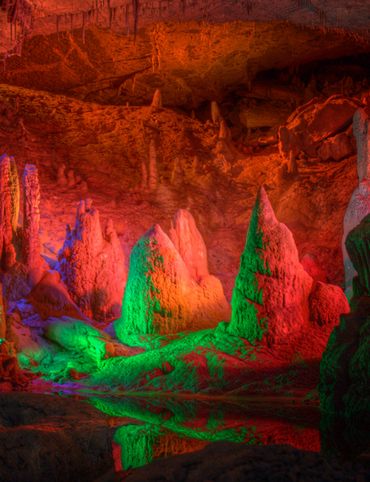50 States of Wonder
Take to the Skies With These 9 Gravity-Defying Sites in Ohio
Sure, Kitty Hawk, North Carolina, got headlines, but the Wright Brothers were Ohioans through and through. That's where they had their print and cycle shop, and established the world's first airplane factory. From Dayton's Aviation Heritage National Historical Park, to NASA's Glenn Research Center, to Congress officially declaring Ohio the “birthplace of aviation,” and much more, no other state takes to the skies and beyond like the home of the Buckeyes. Here are some of our favorite places to feel the wind beneath your wings.

1. Wright Company Factory
Created by Orville and Wilbur Wright in 1910, the Wright Company Factory only produced aircraft under the auspices of the pioneering brothers for six years before being sold. In 1919, General Motors took over the site and began building cars around the historic buildings. Those older structures were hidden for nearly 80 years, until the surrounding buildings came down in 2013 and 2014. While the world's first plane factory had been expanded upon, its long, rectangular buildings were still instantly recognizable. The buildings are now being restored by the National Aviation Heritage Alliance and the National Park Service. (Read more.)
99 Cowart Ave, Dayton, OH 45417
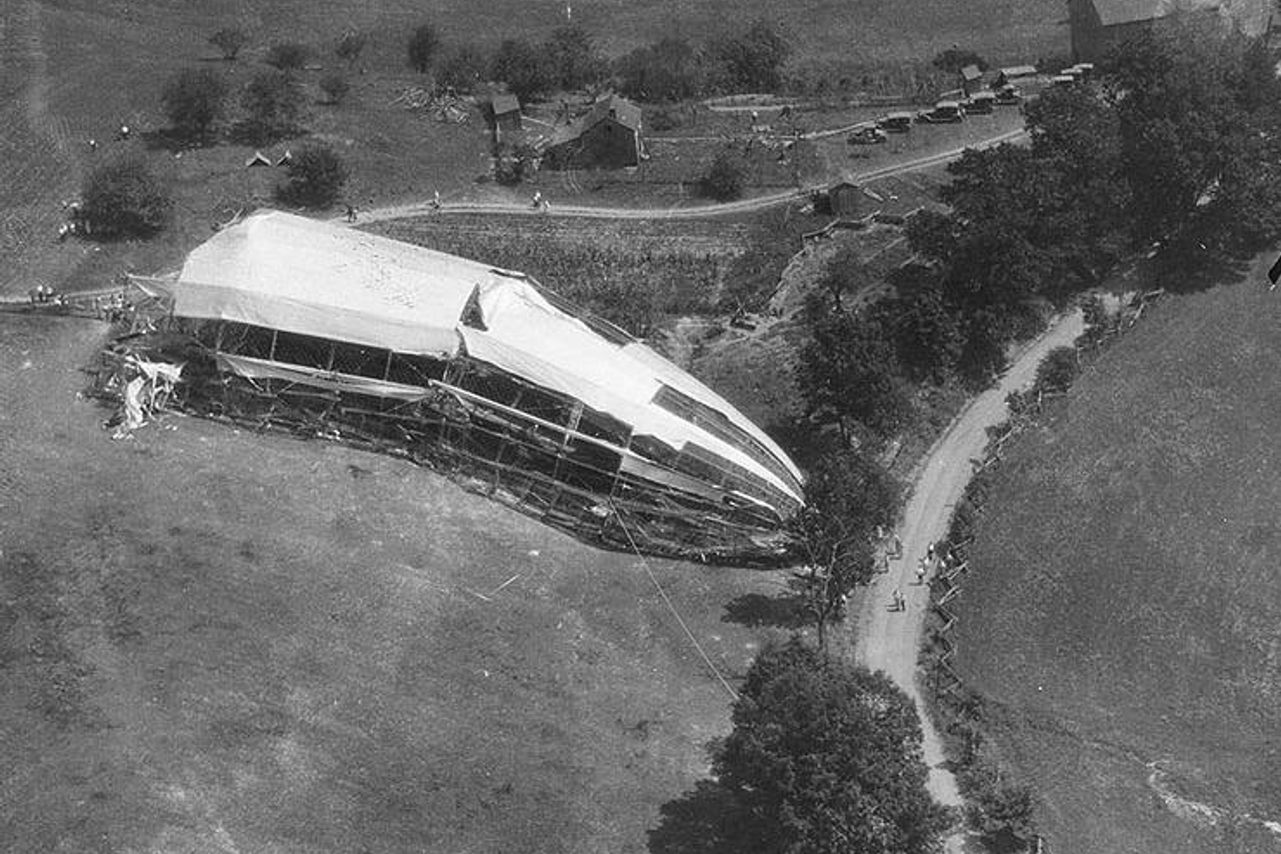
2. Crash Site of the USS Shenandoah
On September 3, 1925, the airship USS Shenandoah crashed in the hills of southeast Ohio. Before its destruction, the airship had completed a transcontinental flight of North America, after which it became a promotional tool for the Navy. As it started a publicity tour, Shenandoah met a powerful squall that tore it in half—and portions of the vessel were strewn across three separate crash sites. Fourteen crewmembers were killed, and the wreckage was torn apart by locals. The disaster foreshadowed the beginning of the end for dirigibles: It was the first of several crashes that helped push the world away from lighter-than-air flight and toward planes. (Read more.)
Buffalo Township, OH
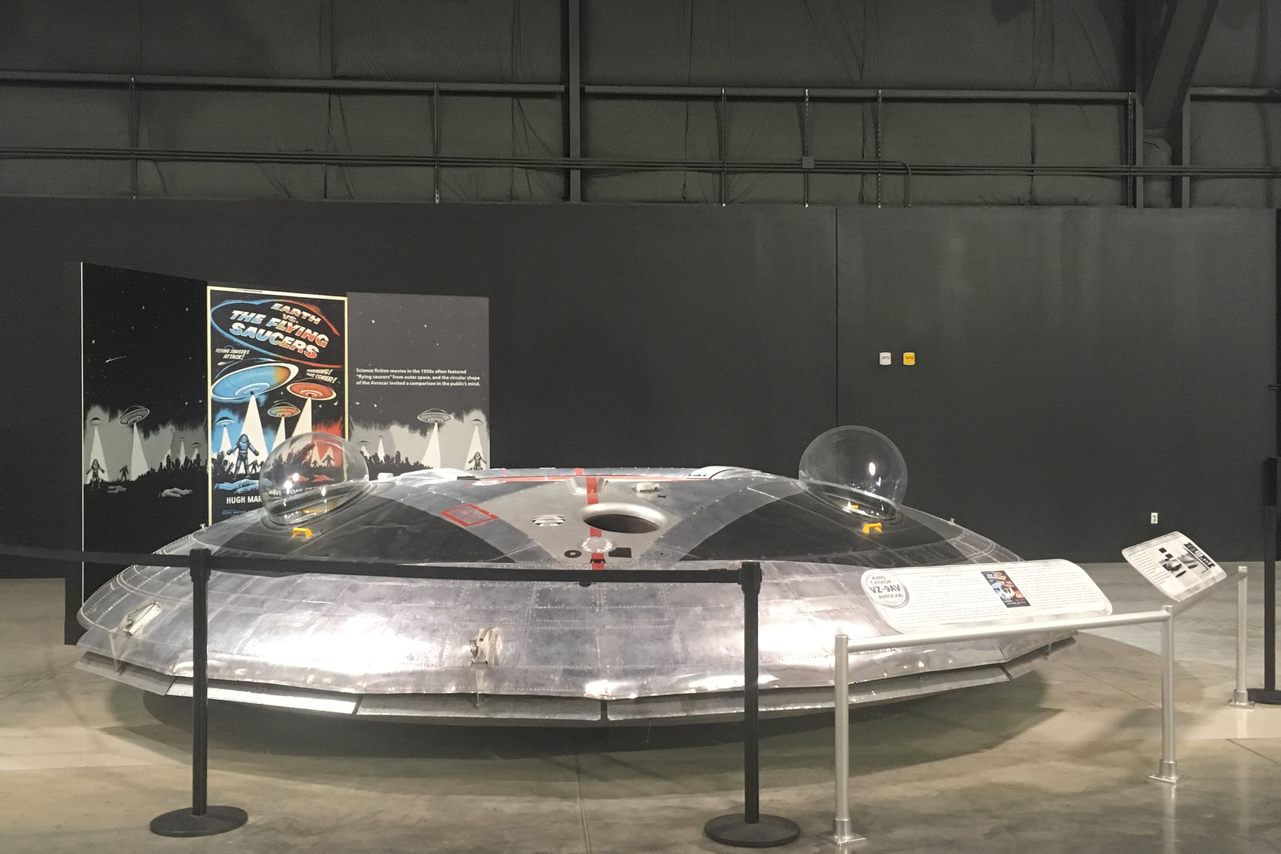
3. The Avrocar
The year was 1952 and the Cold War was in full chill. As communist paranoia and the sci-fi craze swept the United States, UFO sightings were spreading, too. Enter the Avro Canada VZ-9, a vertical take-off and landing aircraft, also called the “Avrocar,” developed as part of a once-secret U.S. military project. Lift and thrust came from a single “turbo rotor” in the disk-shaped aircraft, sort of like a hovercraft dialed way up. Prototypes were made, but testing revealed thrust and stability problems. One pilot likened it to “balancing on a beach ball.” The first Avrocar is on display at the National Museum of the U.S. Air Force, near Dayton. (Read more.)
1100 Spaatz St, Dayton, OH 45431
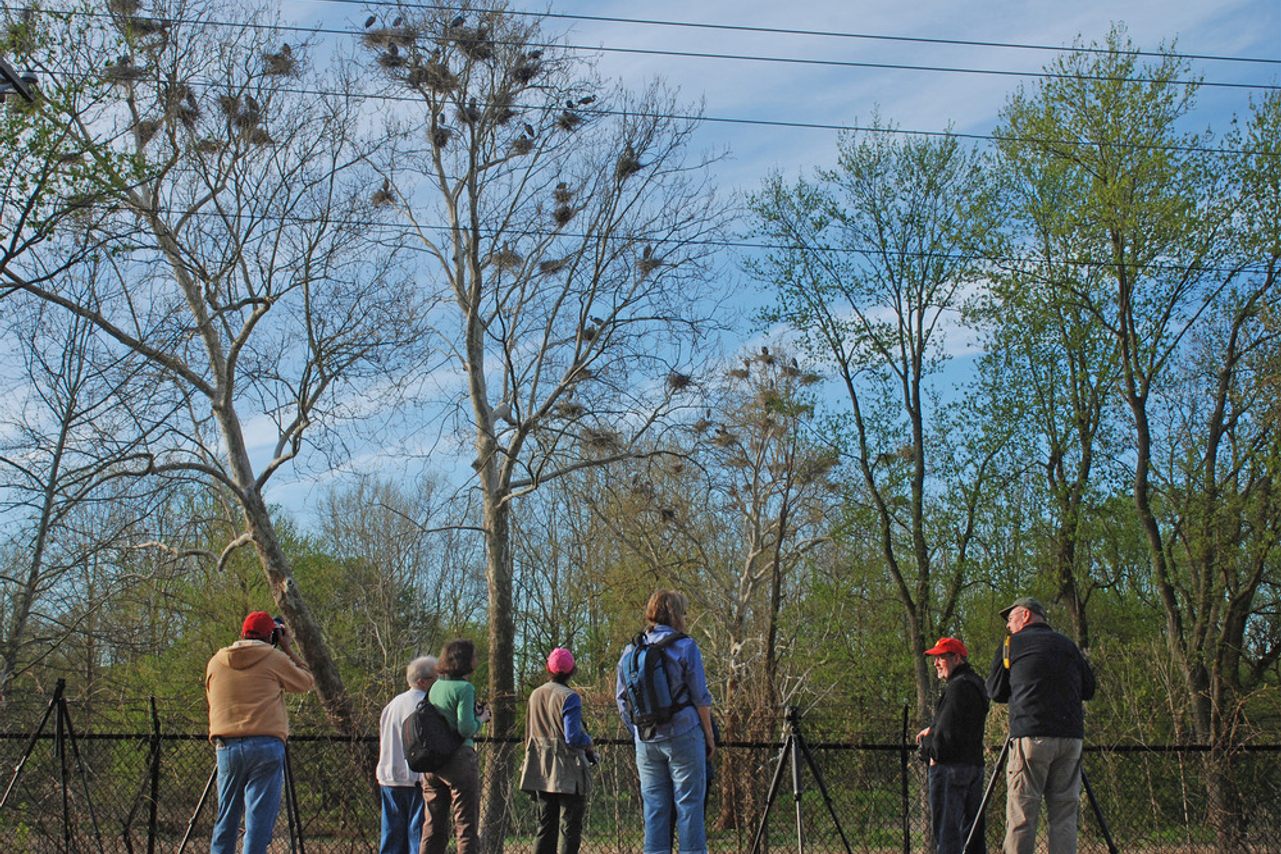
4. Bath Road Heronry
Every year around Valentine's Day, hundreds of great blue herons (Ardea herodias) descend upon the Cuyahoga Valley National Park in Northeast Ohio to engage in their annual courtship and mating rituals. The Bath Road Heronry is unusual because of its proximity to the busy highway between Riverview and Akron-Penninsula Roads. Nothing more than a chainlink fence separates the nesting area from passing cars. It's a rare opportunity to see North America's largest herons—and their mating displays—up close. (Read more.)
1803 W Bath Rd, Akron, OH 44313
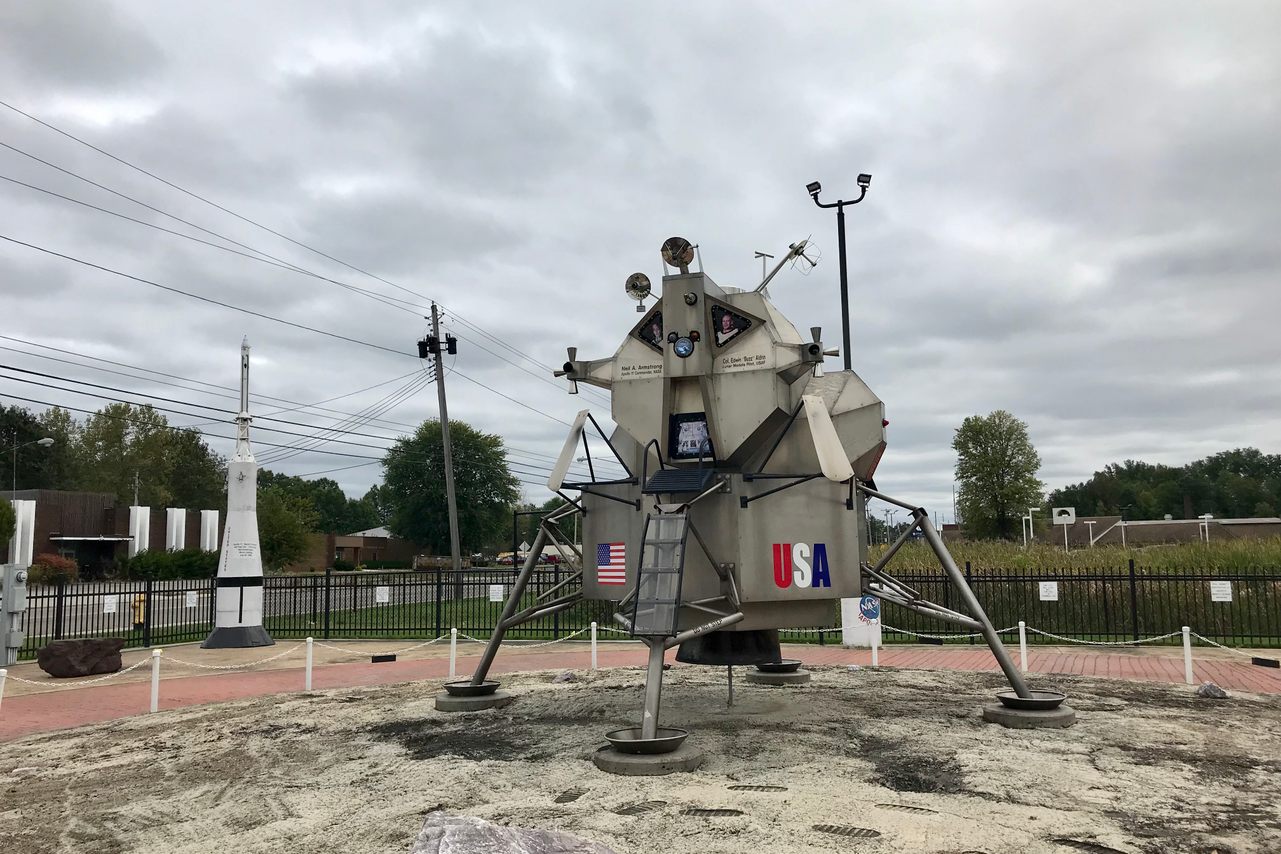
5. Neil Armstrong First Flight Memorial
Ohio has produced 21 astronauts, including the legendary John Glenn and Neil Armstrong. Armstrong was born in Wapakoneta, so it may seem odd that the city of Warren has a half-scale model of the landing craft he used to make history, set on a simulated patch of Moon surface (complete with permanent footprints). But this realistic-looking monument actually sits on the site of Armstrong's very first flight ever. It is installed on the site of a former airstrip where, at the age of six, Armstrong and his father got into a little tri-motor plane and took off toward history. (Read more.)
2553 US-422, Warren, OH 44485
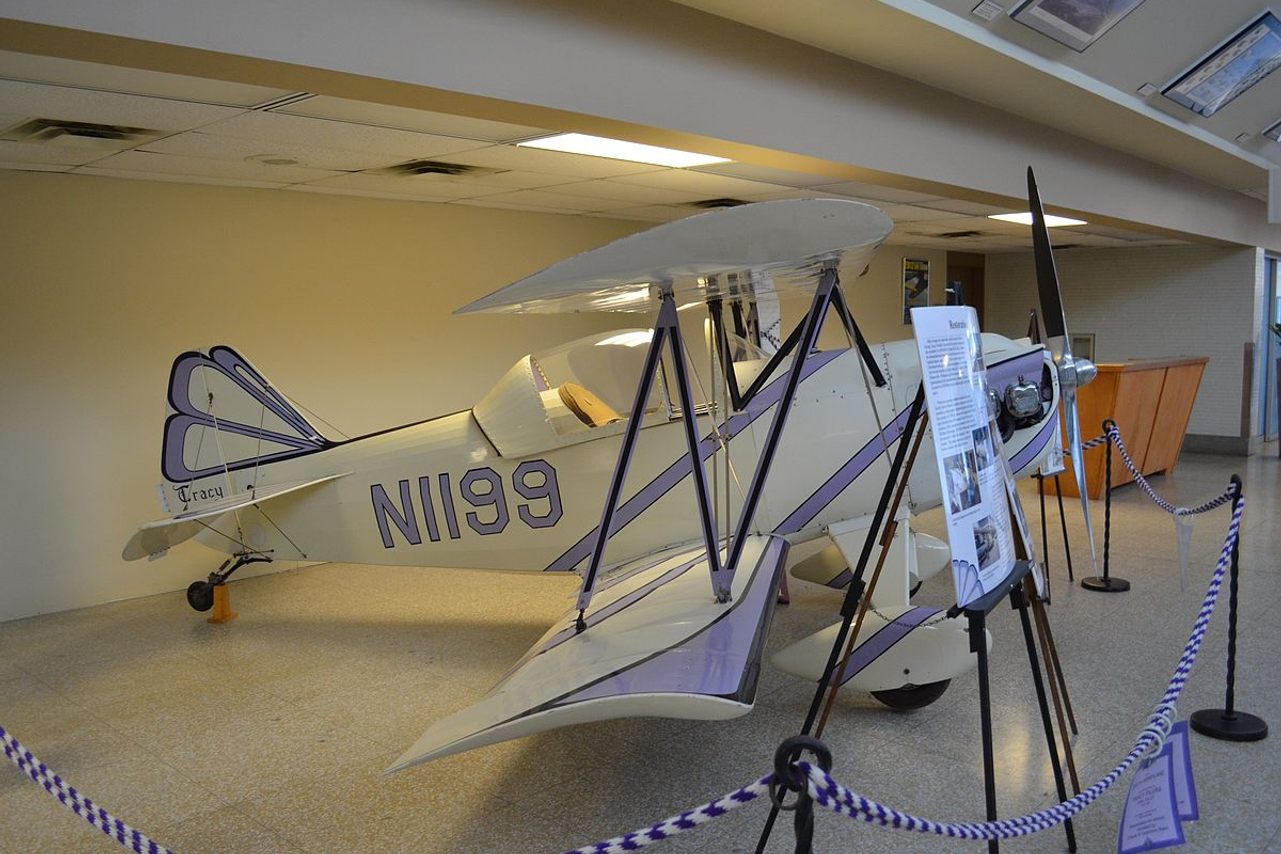
6. International Women's Air & Space Museum
Where downtown Cleveland meets Lake Erie, there's a strip of land that many Clevelanders see as a huge waste of prime real estate: Burke Lakefront Airport. It gets a lot of use, but mostly by celebrities and sports teams. More obscure than the airport itself is the museum nestled within. The International Women's Air & Space Museum sits inside the terminal, where memorabilia, documents, photographs, and model planes can be found every couple of feet, along with quotes from famous aviators and astronauts, showcasing the achievements of daring, trail-blazing women. (Read more.)
1501 N Marginal Rd, Cleveland, OH 44114
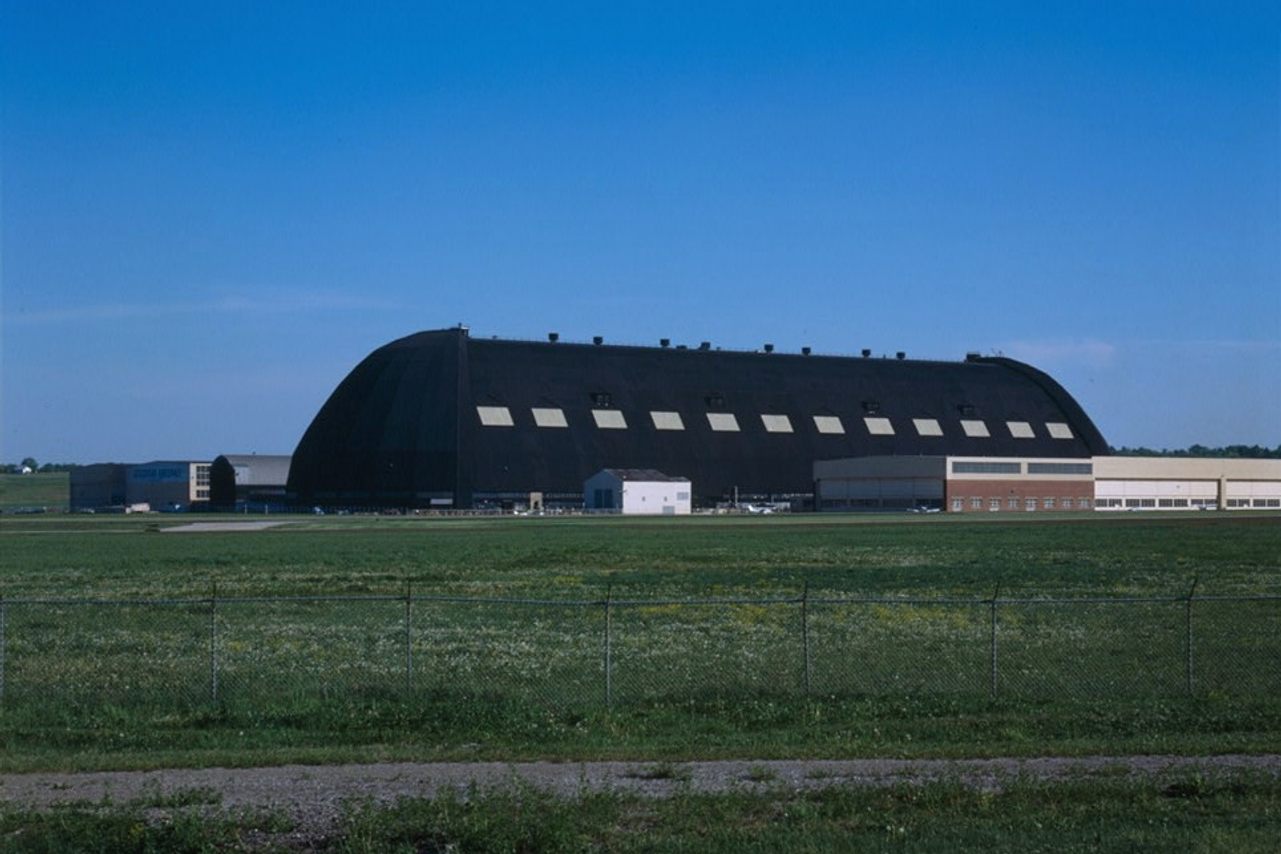
7. Goodyear Airdock
Built in 1929, the almost unbelievably huge Goodyear Airdock in Akron was created as a space where blimps, airships, and dirigibles could be constructed. The almost comically large hangar stands over 200 feet tall and well over 1,000 feet long, without any internal supports. A building this big develops some pretty weird problems, such as indoor rain and the need to put the whole thing on rollers so that it can expand and contract with the seasons. So completed ships could exit the building, both of the structure's rounded ends slide apart, each powered by its own separate power plant. The facility isn't open to the public, but the monolith is visible from the highway. (Read more.)
Ellet, Akron, OH 44306
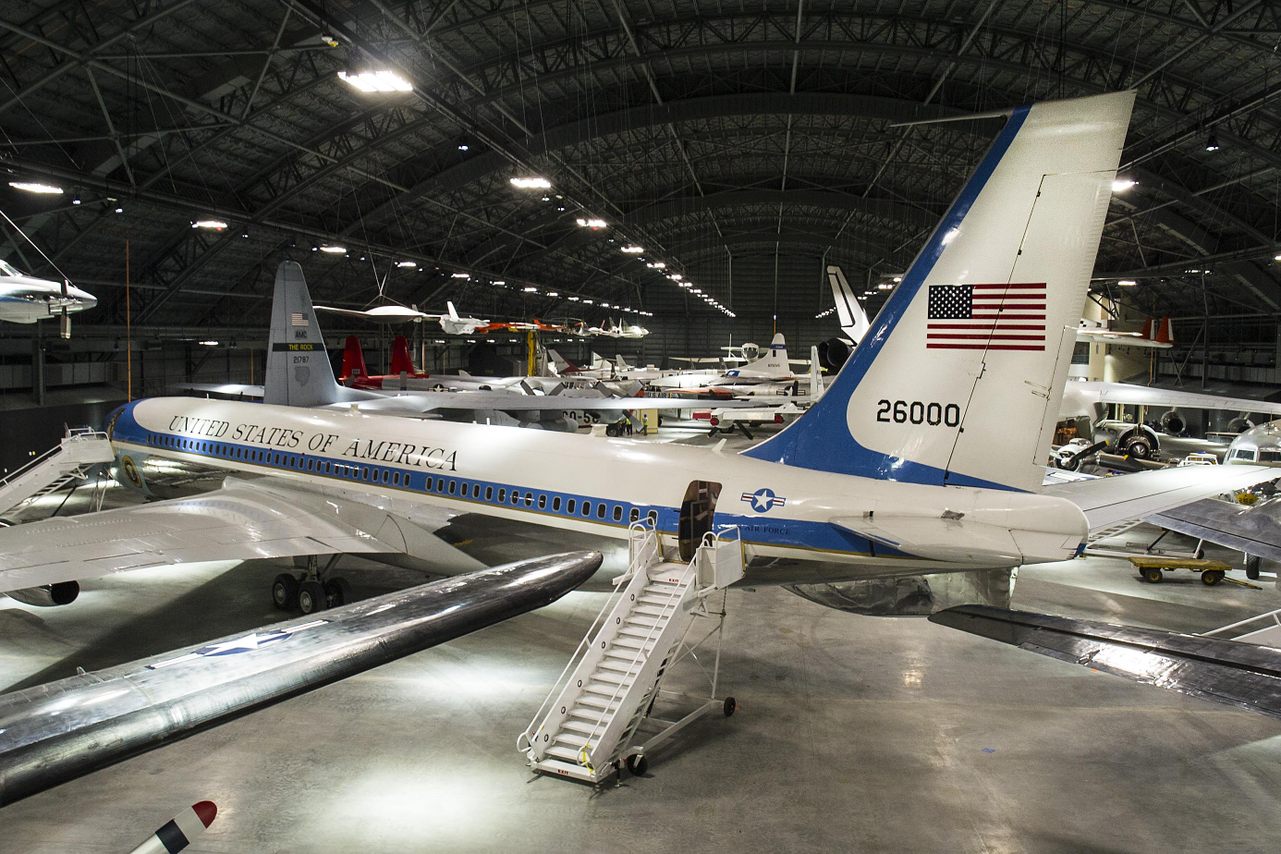
8. The First Air Force One
This notable machine has seen many famous, powerful faces, and served during some of the most tragic and tumultuous events in U.S. history. The Boeing VC-137C SAM 26000, the first jet-powered aircraft built for American presidential passengers, carried eight sitting presidents (Kennedy, Johnson, Nixon, Ford, Carter, Reagan, H.W. Bush, and Clinton) in its 36-year career. Four seats had to be removed from the cabin to fly John F. Kennedy's casket from Dallas back to Washington, D.C. That same day, Lyndon Johnson was sworn in on the plane, making it the backdrop to one of the most iconic photographs of the era. The plane has been in the National Museum of the U.S. Air Force since 1998, where visitors can walk through. (Read more.)
1100 Spaatz St, Dayton, OH 45431
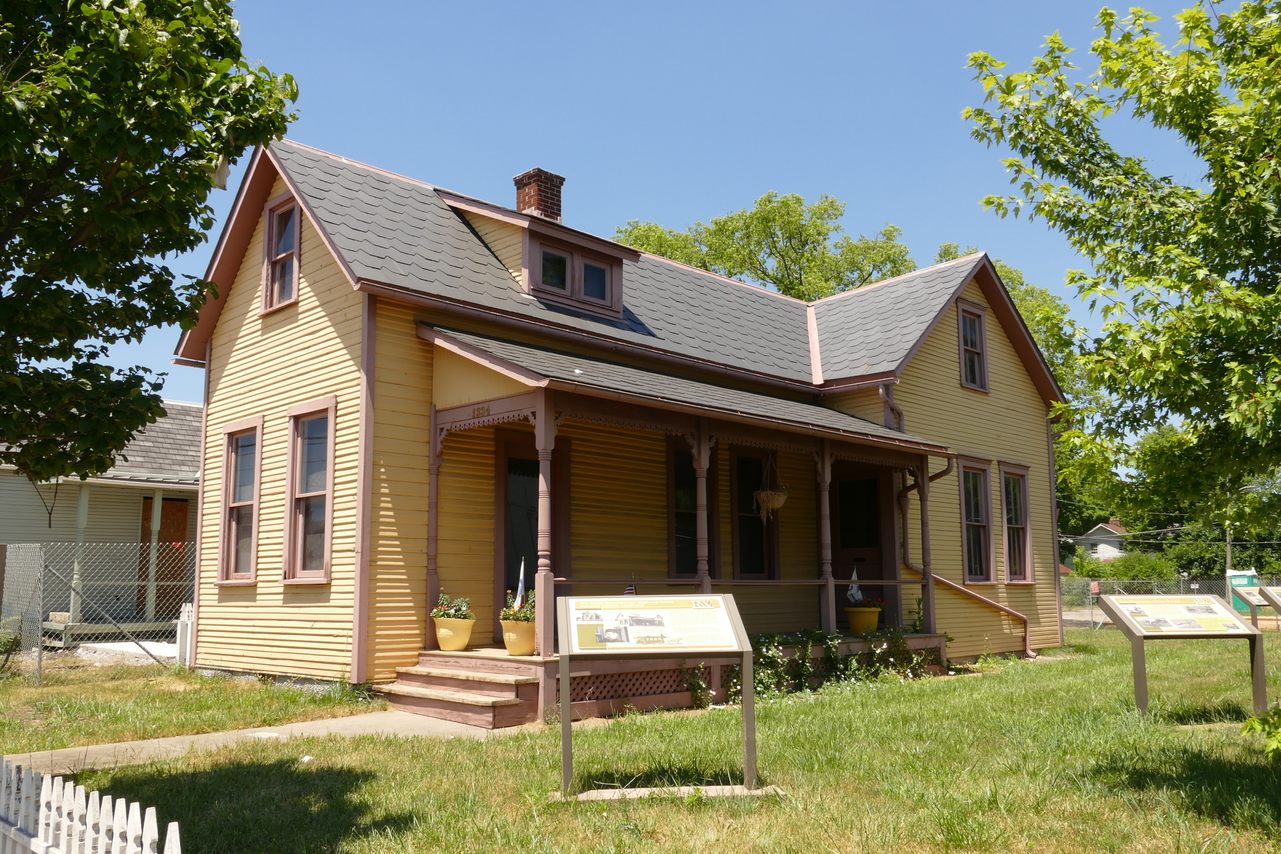
9. Eddie Rickenbacker Childhood Home
Edward Vernon Rickenbacker was the United States's “Ace of Aces” during World War I, having shot down 26 enemy aircraft in less than a year. While serving as a driver in France, he talked his way into the new U.S. Army's Signal Corps, ancestor of the Air Force. Unlike many other fliers at the time—many of them aristocrats—Rickenbacker was poor and unsophisticated, but he knew the language of engines and speed. After a skillful, reckless military career, he went into business and eventually became head of Eastern Air Lines, one of the first U.S. commercial carriers. He continued flying into World War II and survived a couple of horrific plane crashes. His childhood home is designated as a National Historic Landmark, but despite years of fundraising and discussion, has not yet been turned into a museum. (Read more.)
1334 E Livingston Ave, Columbus, OH 43205
